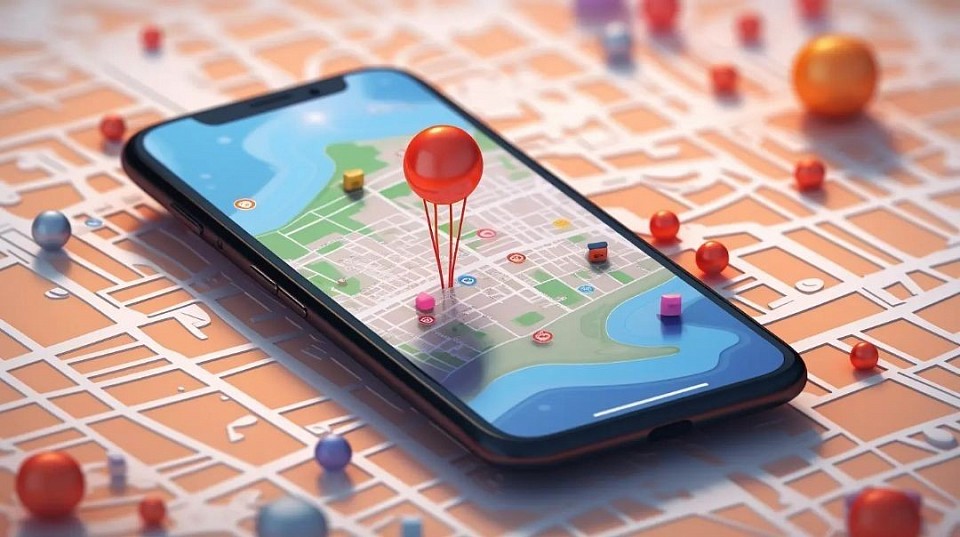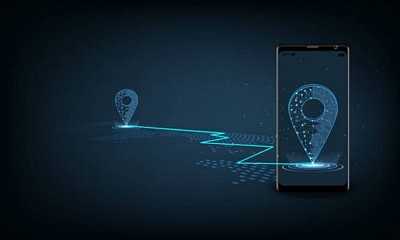Advanced Cellular Tracing Services for Your Needs
Current Location Based Services
Cellular current location-based services use cellular network data to determine a device's position, enabling location-aware applications and services. These services can be used for various purposes, including finding nearby businesses, getting directions, and tracking assets.
Elaboration:
• How it works:
Cellular location-based services (LBS) use information from cellular network towers to triangulate a device's position. The device's proximity to different towers is used to calculate its location, even without GPS.
Applications:
• Finding nearby businesses: LBS can help users find nearby stores, restaurants, or points of interest.
• Navigation: LBS can provide turn-by-turn directions or route planning based on a user's location.
• Asset tracking: LBS can be used to track the location of vehicles, equipment, or other assets.
• Emergency services: Emergency services can use LBS to locate callers in distress.
• Marketing: Businesses can use LBS to target advertisements to users based on their location.
Advantages:
Cellular LBS can be used when GPS is not available or accurate.
• Limitations:
Cellular LBS may be less accurate than GPS, and may require a strong cellular signal.
• Privacy concerns:
The use of LBS raises privacy concerns as it can reveal a user's location. Many apps require users to grant permission to track their location.
Innovative Solutions for Cellular Tracing Services
Cellular tracing is a method for monitoring and tracking specific cells within a population. It can be used to:
•Define neuronal cell connectivity
•Track the flow of capillaries
• Monitor movement and localization in single cells, whole cell populations, or intact organisms
Here are some methods used for cellular tracing:
• Cell tracers
Non-toxic probes that can be introduced through microinjection or iontophoresis.
• Cell tracker dyes
Pass through the cell membrane and become cell-impermeant.
• Flow cytometry cell tracing probes
Available in multiple colors and can be used for short- and long-term cell tracing.
• Cellular barcoding
Labels individual cells with unique nucleic acid sequences, called barcodes, so that they can be tracked.
Some strategies for labeling cells include: expressing fluorescent proteins, cell-permeant cytoplasmic labels, and fixable membrane tracers.


